DN125 PN16 gate valve is made according to DIN 3352 standard. The valve body is made of 1.4408. It has the structural characteristics of bolt cover, rising stem, elastic wedge, with SS316 insulation jacket and structural length of 325mm. Its connection mode is RF EN1092-1 B1. And it has hand wheel operation mode.
Payment:
30% when order confirmed, 70% before shipmentProduct Origin:
ChinaColor:
CustomizationShipping Port:
Shanghai, ChinaLead Time:
30~60 days Ex Works after order confirmationMaterial:
1.4408Method of Operation:
Hand Wheel OperationProduct Description
|
Type |
Gate Valve |
|
Size |
DN125 |
|
Pressure |
PN16 |
|
Connection |
RF EN1092-1 B1 |
|
Operation |
Hand Wheel Operation |
|
Body Material |
1.4408 |
|
Design Norm |
DIN 3352 |
|
Face to Face Dimension |
DIN3202-F5 |
|
Flange Dimension |
EN1092-1/B1 |
|
Test & Inspection Code |
EN12266-1/2 |
|
Temperature |
-29 ~ 150°C |
|
Applicable Medium |
Water, Oil and Gas |
Features
1. Long service life, wide application range, and labor-saving opening and closing;
2. There are many available materials and strong manufacturing craftsmanship.
3. Due to its simple structure and short structural length, its production cost performance is high.
Technical Drawing
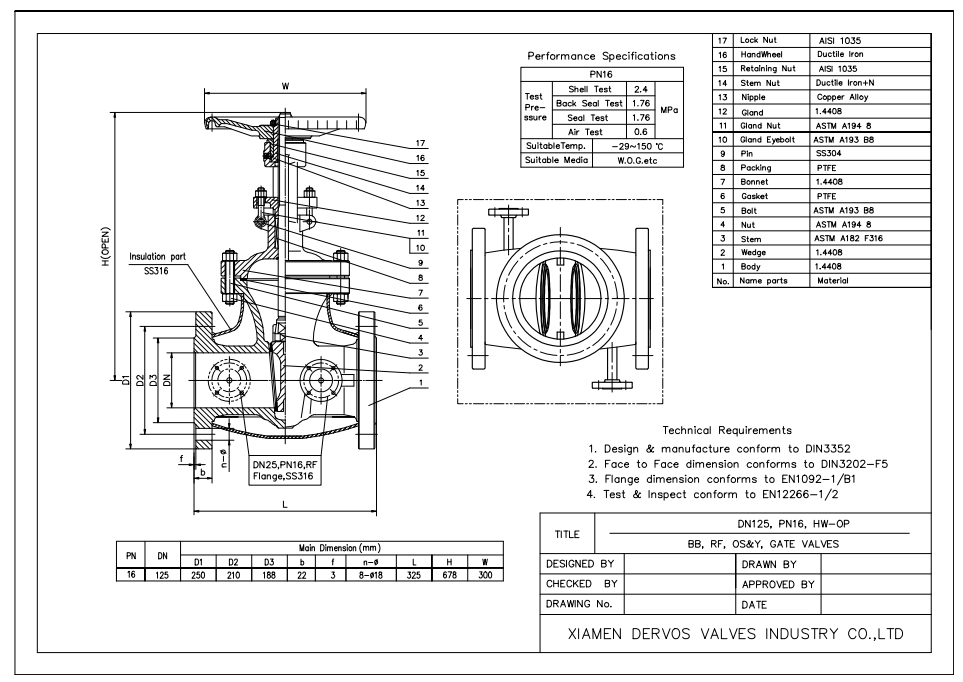
Dimension Checking
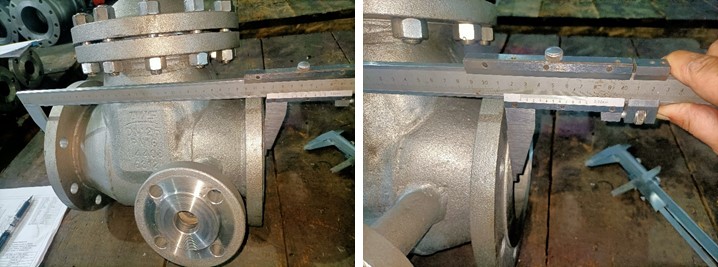
Pressure Testing
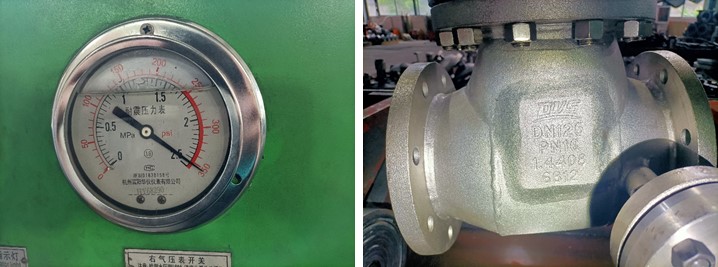
Nameplate & Packing
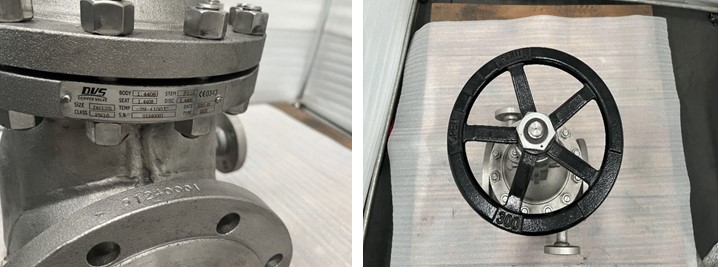
Inspection report
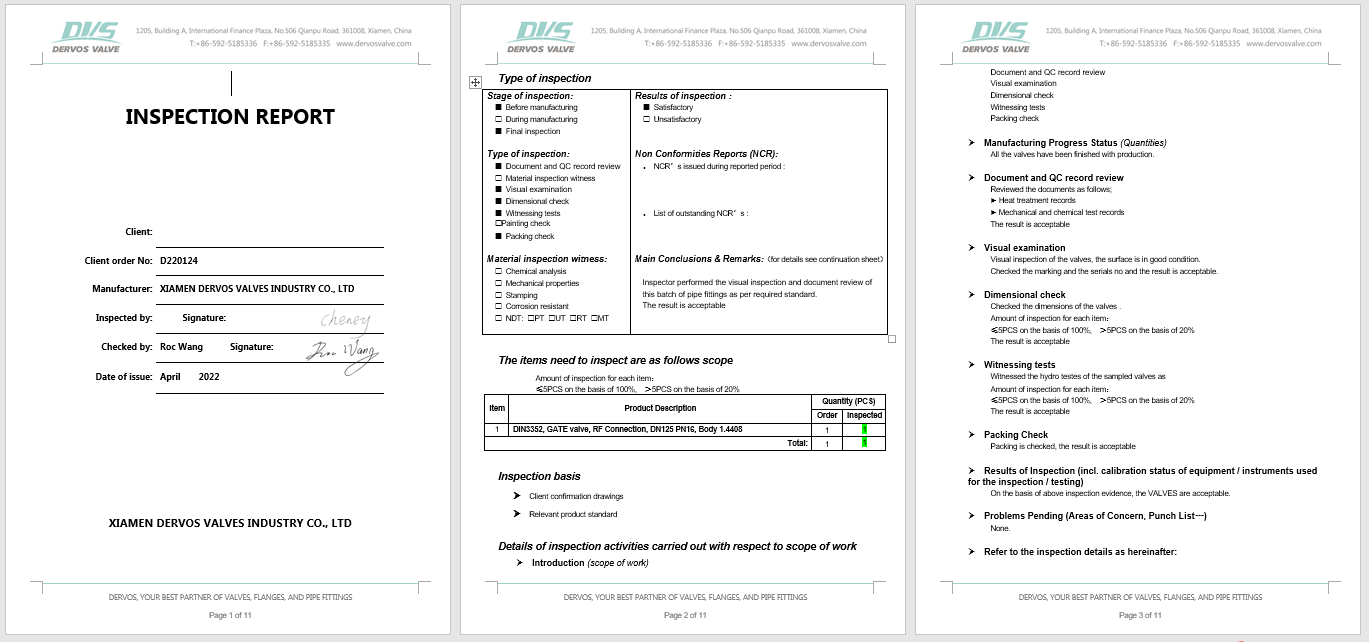
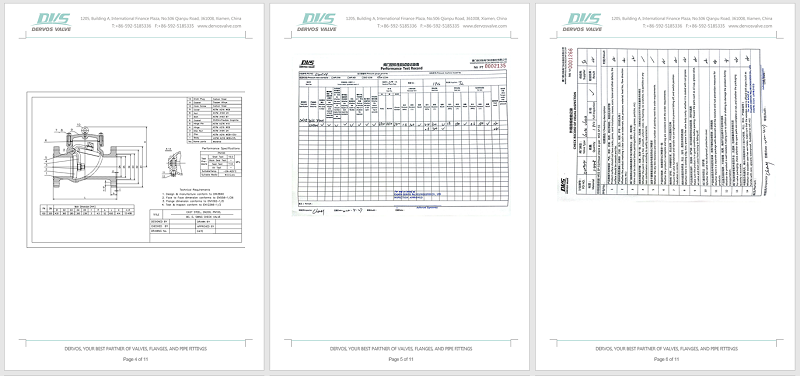
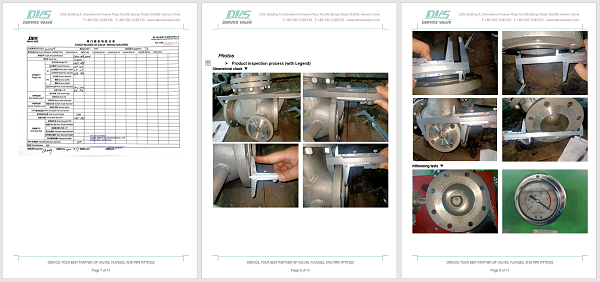
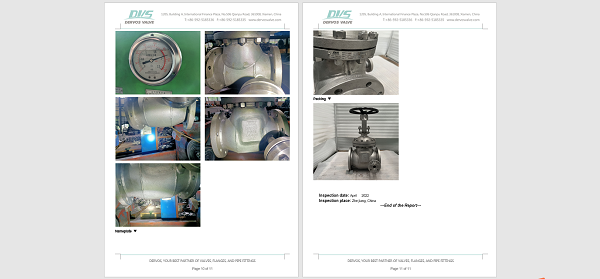
If you are interested in our products and want to know more details,please leave a message here,we will reply you as soon as we can.